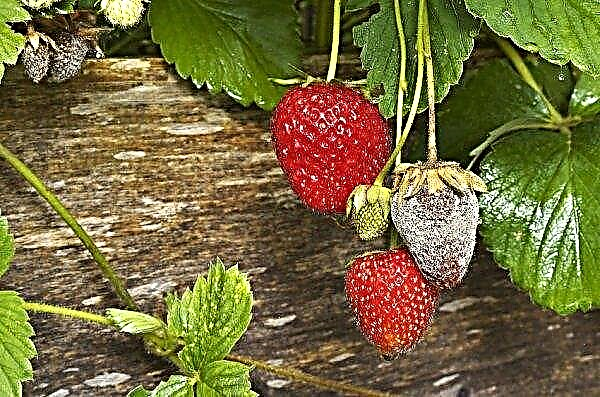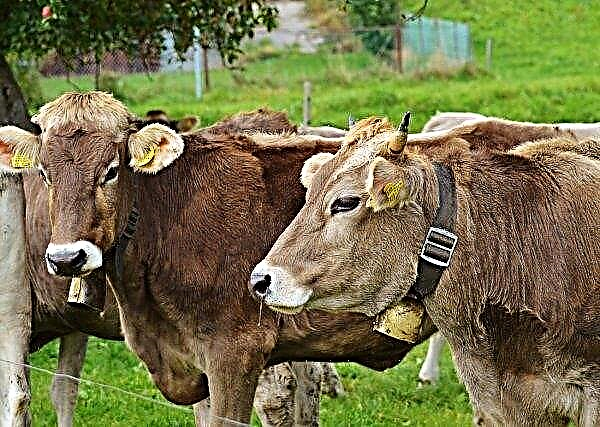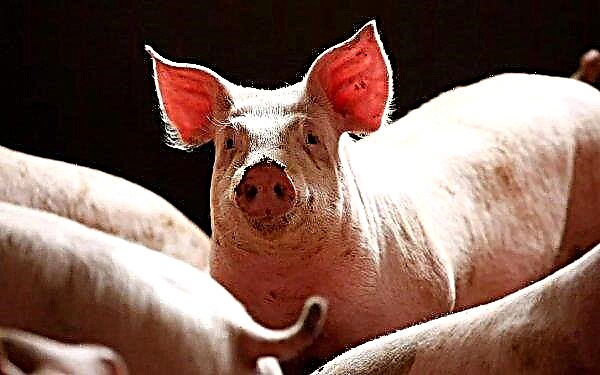On-board beekeeping is the progenitor of the modern beekeeping industry, which originated at the dawn of mankind. Initially, people obtained honey randomly until it became clear that the process of collecting the most valuable product can be subordinated to their interests, thereby guaranteeing themselves and their families with natural medicine and food. The article will discuss on-board beekeeping in modern realities.
What is on-board beekeeping?
Bortnichestvo is an ancient industry, widespread since the days of Kievan Rus in the territory of modern Belarusian and Ukrainian Polesie, as well as in Russia, in which Bashkiria is the main region of ancient beekeeping to this day. It is also mentioned in a treatise of the XI century, “The Truth of Yaroslav” (“The Most Ancient Truth”) - a code of laws, the author of which is considered Yaroslav the Wise. Until the 17th century, this type of activity was the most important branch of the economy. Along with furs, beekeeping products were the main export goods.
Did you know? The specificity of the bee's vision is such that it sees peduncles of predominantly yellow, blue and white colors.
As agriculture developed, in order to expand arable land, forests and forests were actively cut down. The industry gradually fell into decline, the boards were replaced by hives. By the beginning of the twentieth century, the industry completely “came to naught”, and only in the 90s of the last century did the revival of the ancient industry begin. This type of activity comes from the word “bort” - a hollow (one or several) in a tree that was deliberately hollowed out in a tree trunk at a height of 4 to 15 m above the ground, for keeping bees, with a view to collecting beekeeping products.
Hollows could have a natural origin. It could also be a high stump in which a cavity was deliberately made. Borta was called and is also called a specially made deck, which is suspended at a sufficient height on the trees.

Information related to the first mention of sawing wood trunks and moving the deck with the side closer to the house dates back to the beginning of the XVIII century. Gradually, the process of transition from “on-board beekeeping” to beekeeping developed, which was the prototype of the apiary-hive structure and by the middle of the 19th century, a new progressive industry, the apiary, which was the basis of the modern beekeeping industry, had firmly entered into use.
It is worth noting that beekeeping, although undergone recessions in the course of its historical development, remains to this day relevant in forest regions, with honey plants growing in adjacent territories.
Modern on-board beekeeping (Deck beekeeping)
In the old days, flight attendants faced difficulties in swarming bees, since this process has always been spontaneous. The modernization of the hollower gradually turned it into a pack of fairly compact sizes, but it was noticed that the bees prefer to swarm in small enclosed spaces, therefore, for the maintenance of wild bees, the internal space was expanded.
A circle was made on top for the subsequent pumping of honey. Well beekeeping gave impetus to artificial swarming, through which strong bee individuals are selected to create new, more viable families.

- Despite certain difficulties, tree beekeeping has several advantages:
- the flight attendant himself chooses the location of the bee "houses" based on the presence and abundance of honey plants;
- there is no need to invade the life of bees;
- wild insects produce a large amount of sweet treats;
- Forest bees are distinguished by excellent immunity and are practically not susceptible to diseases.
Optimal conditions for beekeeping
Before deciding to engage in a difficult craft, it is necessary to take into account some nuances:
- This type of beekeeping involves large wild forests (reserves, reserves, forests) with honey plants such as cranberries, lingonberries, blueberries, fireweed, heather.
- This type of beekeeping is not for beginner beekeepers. A person who has decided to engage in beekeeping on-board should be a professional who knows all the nuances of the device, the behavior of bee families, to assess the risks of this difficult craft.
- It is necessary to have skills in handling special equipment, clothing, and tools to keep hollows in proper form (ax, adze, chisel, etc.).
The value of bead honey
This variety has significant differences from all other varieties. The unique properties of wild bead honey are due to environmental cleanliness. In addition to nectar and pollen of diverse wild grasses, honey does not contain artificial sugars, antibiotics, since human intervention is minimal (insects are not additionally fed, treated).

Honeycombs collect and pump out the sweet product only once a year, in the fall, because of which it manages to evaporate excess moisture, thickens, the smell becomes concentrated. Due to the manual extraction, the product has a high content of wax, bee bread, propolis.
Wild honey - dark in color, viscous consistency, devoid of excessive sugaryness, sourness is present. The crystallization process is lengthy.
Important! The increased content of the most valuable vitamin B9 (folic acid) releases honey from wild bees from numerous varieties of sweet product.
Do-it-yourself board making
In order to have your own apiary to collect wild honey, there is a need to create man-made boards or decks in which bee colonies will be populated.

Tools and materials
List of necessary tools and materials for making a hollow:
- part of a tree trunk;
- chainsaw;
- an ax with good sharpening;
- hammer;
- fixing accessories (nails, self-tapping screws, etc.);
- drill;
- a piece of iron, a piece of roofing material;
- clay or tow.
Production of boards (decks)
Algorithm of actions how to make a deck with your own hands:
- A wooden chock is cut out from a solid hardwood tree with a chainsaw. The dimensions of the cut deck should be such that when cutting it in half, the thickness of each die should be at least 6 cm.
- The next step is to divide the cut part of the trunk into two equal parts.
- Chainsaws make cuts in the transverse direction.
- Using an ax and a saw, the internal mass of wood is removed so that the wall thickness of the future bee deck is at least 6-7 cm.
- Formation of a hole for the arrival and departure of insects. It is carefully sawn through the end of the saw, for this purpose having retreated from the top of the side about 30 cm.
- Fix the arrival board.
Important! Before the final gathering of the bead, it is necessary to withstand the wooden blank for at least 14 days in a well-ventilated dry place for the wood to dry.
Assembly Instructions:
- Parts are collected on a flat surface using nails, self-tapping screws. After, fasten the top cover.
- When installing the bottom cover, it must be taken into account that it will have to be removed twice a year in order to remove honeycombs and spring cleaning the interior, remove dead insects. Therefore, the bottom cover must be removable.
- To protect the wooden structure from the weather, a sheet of roofing felt or iron is stuffed on top.
- Felling recommended to seal with moss, tow or gloss over with clay.
- Insulation of the deck. 70 mm should be retreated from the upper part of the hollow and a crosspiece should be installed to which the honeycombs will be attached. The cross itself is covered with a piece of burlap, and the remaining free space is filled with dry moss.
- The finished side is installed at a height of half a meter above the surface of the earth, so that the inlet is located to the southeast.
Video: making bees for wild bees
Features of wintering in on-board beekeeping
If the sections in the deck remain on the street in the winter, isolate them with roofing material. The gap between them and the wall should be at least 3 cm. Dry needles are filled up. However, it is advised to move bee colonies for wintering to a room with a temperature of about 5 ° C, thereby minimizing the feeding of honey in the winter.
Did you know? A bee appeared on Earth 50-60 thousand years earlier than humans.
Beekeeping is a very complex and time-consuming branch of beekeeping. However, this useful craft is undoubtedly the greatest achievement of mankind, which has come down from the depth of centuries to our times, which allows us to obtain the most valuable product - honey of wild bees.












